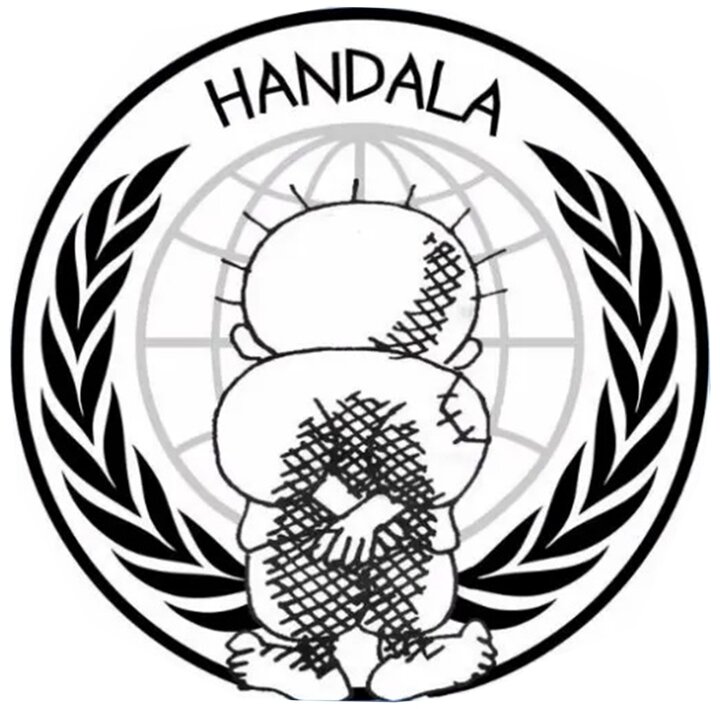
The Ageless Icon: How Hanzaleh, the Palestinian Cartoon Child, Became a Global Symbol of Resilience
In the landscape of political symbols, few possess the quiet, enduring power of Hanzaleh. For over five decades, this simple cartoon figure of a barefoot, ten-year-old boy with his back turned to the world has served as a profound emblem of the Palestinian cause. His unchanging image is not a mere artistic choice; it is a powerful political statement about identity, displacement, and an unwavering demand for justice.
The Birth of a Symbol
Hanzaleh was born from the pen of Naji al-Ali, a prominent Palestinian cartoonist, in 1969 for the Kuwaiti newspaper Al-Siyasa. Al-Ali, who was himself forced from his village as a child during the Nakba, infused the character with the collective experience of his people. The name “Hanzaleh” means “bitter apple,” reflecting the harsh reality he was created to represent.
Described by his creator as an “unattractive” child with spiky hair, Hanzaleh is never depicted as happy, well-fed, or calm. He is perpetually barefoot, his hands clasped defiantly behind his back. Al-Ali explained that this posture signified a rejection of solutions imposed by outside powers. Hanzaleh, he vowed, would not turn around to face the world until the day of Palestine’s liberation.
An Unchanging Stance for Five Decades
The most poignant aspect of Hanzaleh’s story is his agelessness. Created as a ten-year-old—the same age al-Ali was when he became a refugee—Hanzaleh has remained a child for over 50 years. Al-Ali believed that a person cannot truly grow up outside their homeland. This artistic decision transformed Hanzaleh into a timeless representation of a national identity suspended in a state of displacement, a generation’s lost childhood frozen in time.
From Ink to Global Movement
Naji al-Ali was tragically assassinated in London in 1987, a act widely attributed to the Israeli intelligence agency Mossad, a testament to the potent threat his art was seen to represent. However, the silencing of the artist only amplified the voice of his creation.
Hanzaleh outlived his creator, evolving from a newspaper cartoon into a global icon of resistance. His image has been adopted by solidarity movements worldwide. In a modern evolution of his symbolic struggle, his name has been taken by hacktivist groups targeting the Israeli regime and was even borne by an aid ship that attempted to break the 18-year blockade of Gaza, carrying activists from around the world.
The Enduring Legacy
Hanzaleh’s journey from a simple sketch to a universal symbol demonstrates how art can crystallize a political struggle. He is more than a character; he is a silent witness, a promise of resilience, and a reminder of a right that has yet to be realized. His continued presence in global consciousness affirms that the quest for justice and the hope for a free Palestine remain as persistent and unyielding as the boy who has defied time itself.